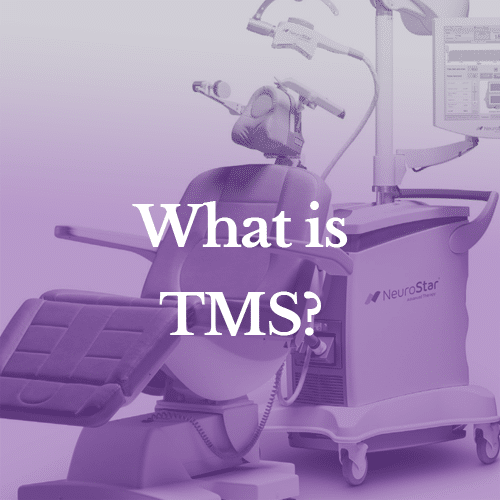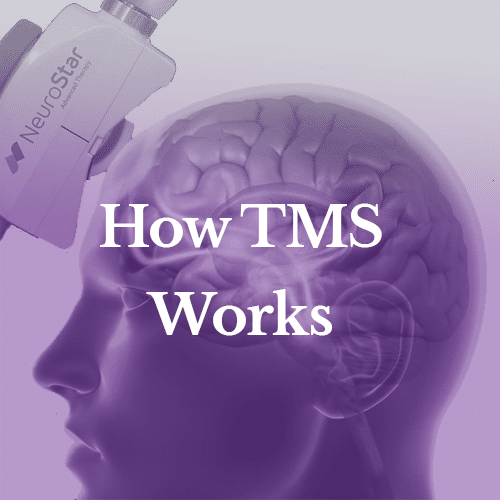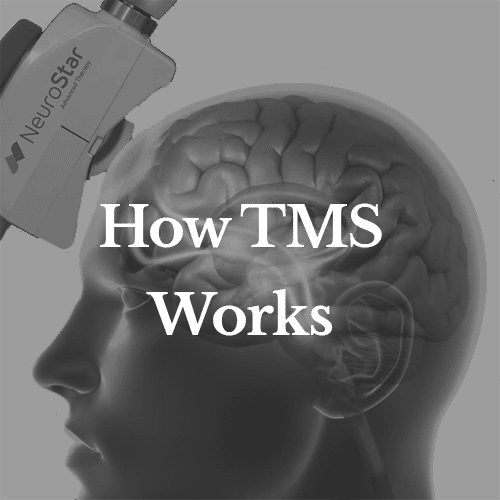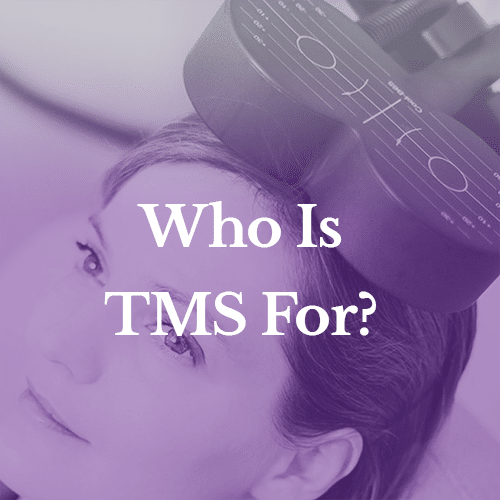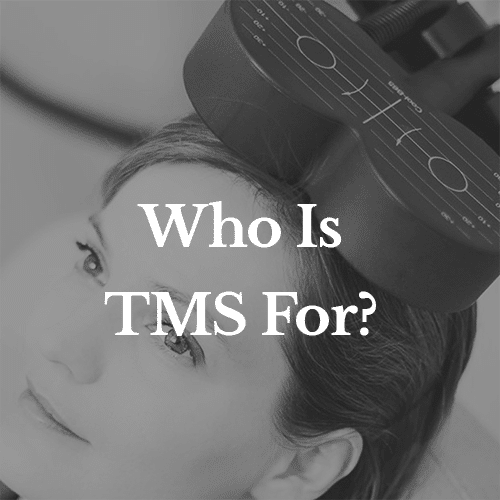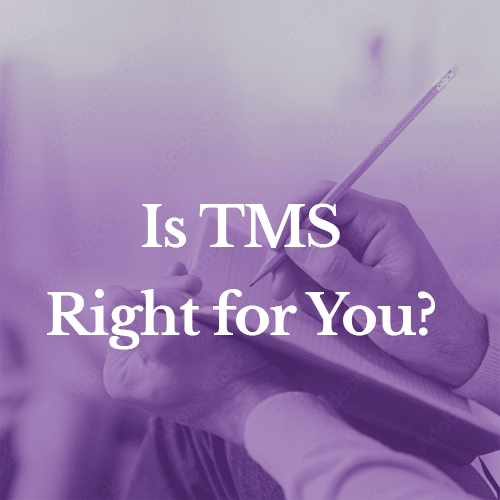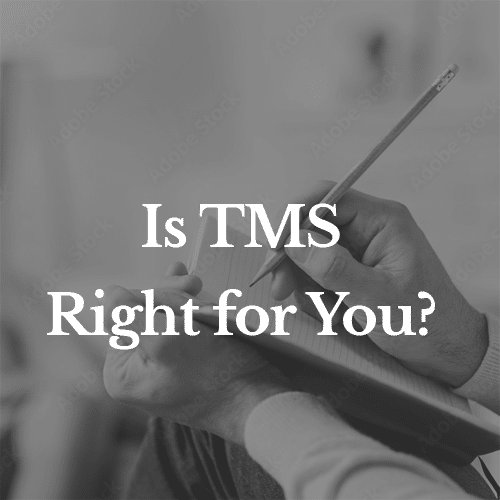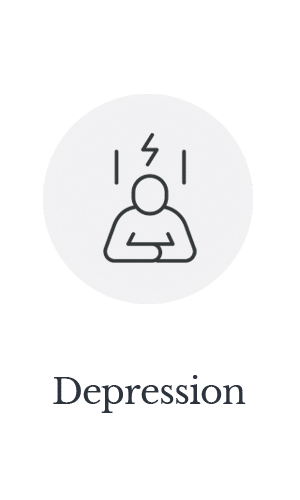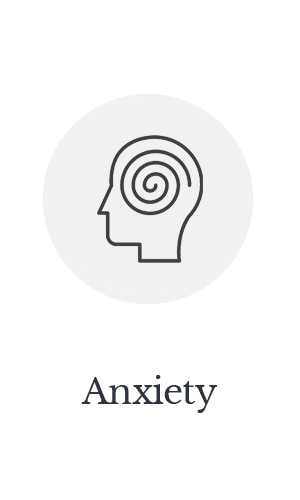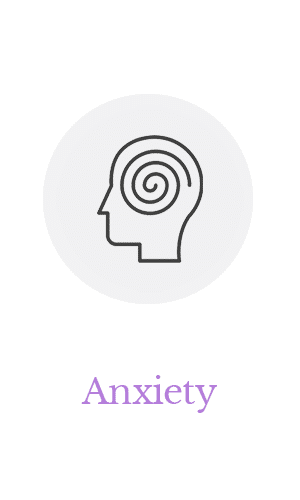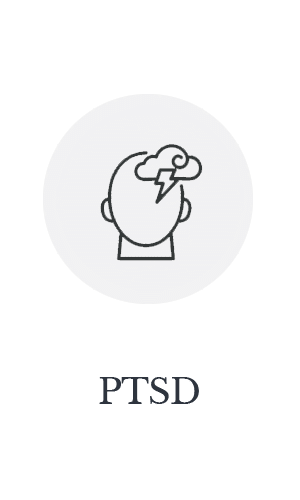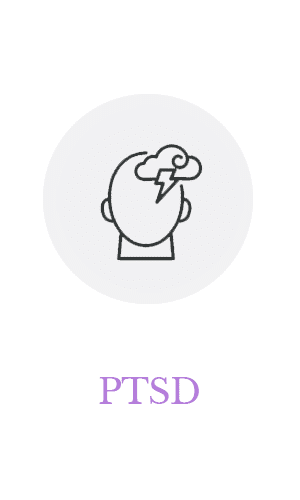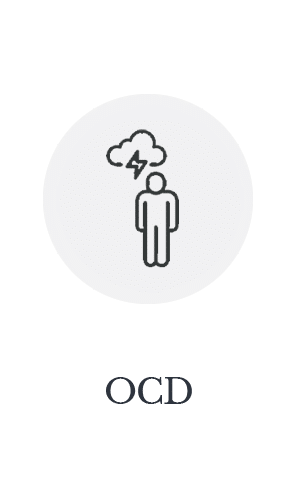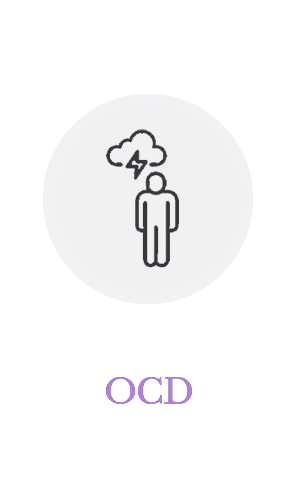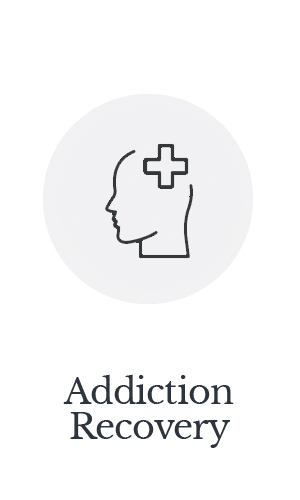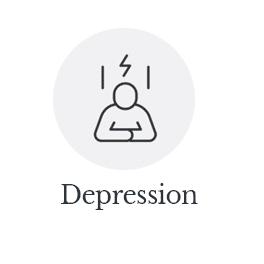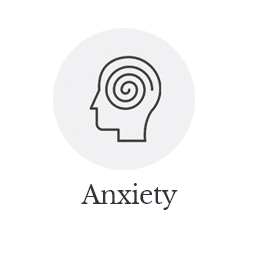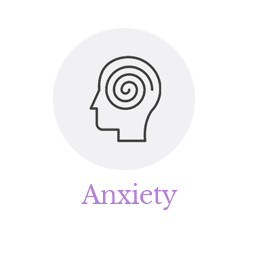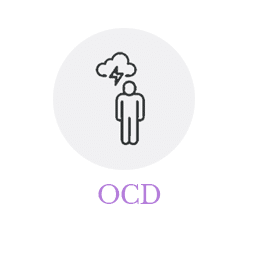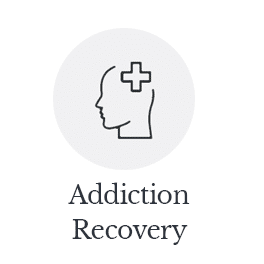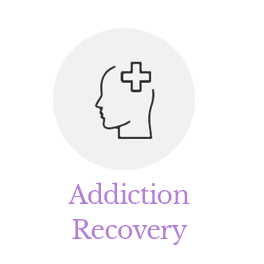Science continues to pioneer research into brain health, resulting in significant breakthroughs, developing various technologies and techniques, and benefitting multiple disciplines. Research continues to investigate the viability of these modalities to effect positive results in several areas. These areas include psychology, neurology, neurosurgery, physical therapy, and pediatrics. Specifically, brain stimulation therapies deliver promising results for those struggling with depression, especially when other treatments have not been effective.
One such therapy, transcranial magnetic stimulation or TMS, offers patients with treatment-resistant depression hope for relief from problematic symptoms. TMS is an emerging technique with a few variations.
There are a few variations to TMS therapy. Two variations are repetitive transcranial magnetic stimulation or rTMS and personalized transcranial magnetic stimulation or PrTMS. Both of these TMS variations have shown to be effective in treating depression.
What is rTMS?
TMS is the overarching term for the stimulation protocol developed in 1985. Several variations of TMS, including rTMS and PrTMS, use magnetic coils to affect brain activity. TMS began as a diagnostic tool administered by inducing coils. It was used to produce magnetic pulses in a person’s brain while gauging the individual’s motor responses.
Employing these pulses rapidly creates a secondary electrical field, leading to the generation of electric currents in the brain. rTMS is a technique that applies repetitive pulses to a specific brain area. The method was FDA-approved in 2008 for treating major depressive disorder (MDD).
Varied factors such as frequency, intensity, number of sessions, and degree of disease can affect the outcome of rTMS. However, studies overall have indicated its therapeutic effectiveness in treating TRD.
How Does rTMS Work?
Current passes through the coils on the device, producing a magnetic field. This field acts upon neurons in the brain, activating activity in the targeted region.
Administering rTMS
Because rTMS is a non-invasive procedure that does not require anesthesia, it can be administered on an outpatient basis. Before treatment, a doctor will take physical measurements of a person’s head and perform a physical and psychological assessment.
To commence the treatment, the patient sits in a chair, wearing earplugs. The rTMS device is positioned over the patient’s head. The doctor activates the device to assess the patient’s baseline motor threshold for informing the device settings.
Once the actual session starts, the coils are placed towards the forehead to access the front part of the brain. During the application, the patient will hear clicking sounds and feel slight tapping on the scalp.
The standard protocol for depression is stimulation of the left dorsolateral prefrontal cortex at 10-Hz. In studies, approximately half of the patients showed a 50% or more reduction in symptoms. While approximately 26% of patients experienced complete remission with this protocol.
Each rTMS session lasts 20 – 40 minutes. An rTMS treatment course lasts about 4 – 6 weeks, with sessions occurring five days per week.
After treatment, individuals can immediately return to regular activity. The doctor may prescribe maintenance measures such as medication and therapy. If symptoms return, rTMS treatment may be repeated.
Benefits of rTMS for Depression
The most universally recognized clinical use for rTMS is TRD due to its significant benefits. There are several benefits rTMS can provide patients with TRD.
Here are some of the expected benefits of rTMS treatment for TRD:
- Efficacy – Many treated for TRD report that symptoms improve or go away entirely after a few weeks.
- Safety – Since there are nominal side effects associated with rTMS, the procedure has established a strong safety profile.
- Cost-Effective – Based on the cost of administering rTMS, it has been deemed a cost-effective treatment for depression. The treatment also can mitigate some of the economic impacts of depression.
- Non-Invasive – Due to the non-invasive nature of the treatment, there is no need for recovery time.
- FDA-approved – rTMS was granted FDA approval in 2008, increasing its safety profile and availability.
Side Effects of rTMS Treatment
Although side effects are minimal and severe complications are rare, below are some of the adverse effects that have been reported:
- Headache – A mild headache is the most common side effect. This usually goes away and can be treated with over-the-counter medication.
- Scalp Pain – Some people experience discomfort during the procedure at the stimulation site.
- Hearing Difficulties – Temporary hearing problems have been reported by some who received rTMS when adequate ear protection was not used.
- Seizures – Although this is the most severe side effect, it is also the rarest. Safety measures are also in place to help to keep the risk low.
What is PrTMS?
PrTMS is similar to rTMS because it is based on the same methodology. However, PrTMS differs from rTMS in that it offers treatment that is more personalized to the individual. Therefore, the administration of the PrTMS procedure is different, and there is potential for more advantageous outcomes.
How Does PrTMS Work?
PrTMS operates on the same principles as rTMS – using a magnetic field to affect activity in the brain. But the use of additional assessments during PrTMS allows for greater specialization in the treatment provided.
Administering PrTMS
The actual PrTMS delivery is similar to rTMS except for the scans that map the patient’s brain activity. This map of brain activity will ultimately guide the patient’s treatment.
Before a course of treatment, the patient will undergo a qEEG (quantitative electroencephalogram), and a doctor will analyze the results. This data will inform the creation of the patient’s specific treatment plan. Once a plan is developed, PrTMS sessions proceed similarly to rTMS.
However, in PrTMS, scanning is continually used at regular intervals to ensure device settings are at optimal levels. To begin, the patient relaxes in a chair with the professional operating the device. The professional will use the device to deliver repetitive pulses to the identified areas of the brain.
Benefits of PrTMS for Depression
PrTMS is a practice that continues to evolve as the field of brain stimulation advances. Many of the same benefits that traditional rTMS therapy is also delivered by PrTMS. Such as no downtime and limited side effects from the TMS treatment. However, because PrTMS is an improvement upon rTMS, there are additional advantages.
Here are some of the advantages of PrTMS therapy:
- Increased Personalization of Treatment – The major difference between PrTMS and rTMS is the personalization aspect that allows for individualized treatment plans. Through imaging and analysis, more accurate treatment parameters can be defined.
- Greater Efficacy – Studies have shown that response rates of PrTMS are about twice that of traditional rTMS.
- Fewer Applications – Significantly fewer treatments are required for PrTMS than rTMS, ten verses twenty to thirty, respectively.
Side Effects of PrTMS Treatment
PrTMS has insignificant side effects similar to rTMS, mild and temporary, like headaches or scalp discomfort. Serious side effects can also occur with PrTMS but are uncommon.
Choosing the Right Treatment for Depression
Many people struggle to find relief from the effects of depression. Fortunately, TMS therapies are increasingly becoming appealing alternatives for those dealing with TRD due to their effectiveness and minimal side effects.
For those seeking relief from depression, contact Inland Empire TMS. We are knowledgeable about rTMS and PrTMS and can assist you in making vital decisions about your well-being. While also guiding you on the road to better mental health.

